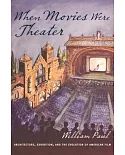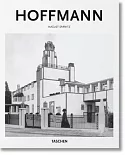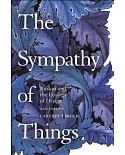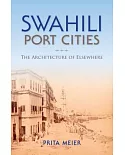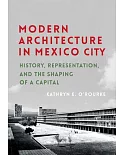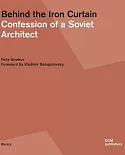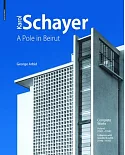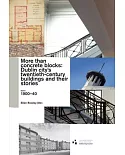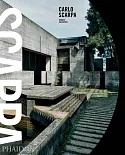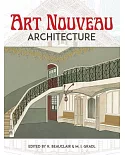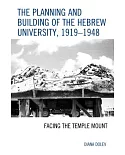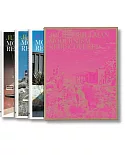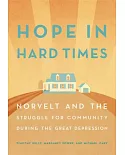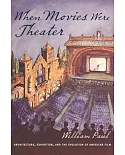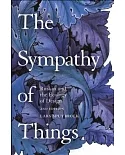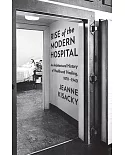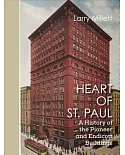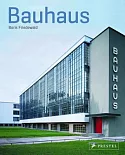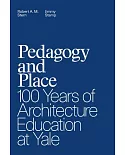In Architecture in Translation, Esra Akcan offers a way to understand the global circulation of culture that extends the notion of translation beyond language to visual fields. She
shows how members of the ruling Kemalist elite in Turkey further aligned themselves with Europe by choosing German-speaking architects to oversee much of the design of modern cities. Focusing
on the period from the 1920s through the 1950s, Akcan traces the geographical circulation of modern residential models, including the garden city��hich emphasized green spaces separating
low-density neighborhoods of houses surrounded by gardens��nd mass housing built first for the working-class residents in industrial cities and, later, more broadly for mixed-income
residents. She shows how the concept of translation��he process of change that occurs with transportation of people, ideas, technology, information, and images from one or more countries to
another��llows for consideration of the sociopolitical context and agency of all parties in cultural exchanges. Moving beyond the indistinct concepts of hybrid and transculturation and
avoiding passive metaphors such as import, influence, or transfer, translation offers a new approach relevant to many disciplines. Akcan advocates a commitment to a new culture of
translatability from below for a truly cosmopolitan ethics in a globalizing world.


